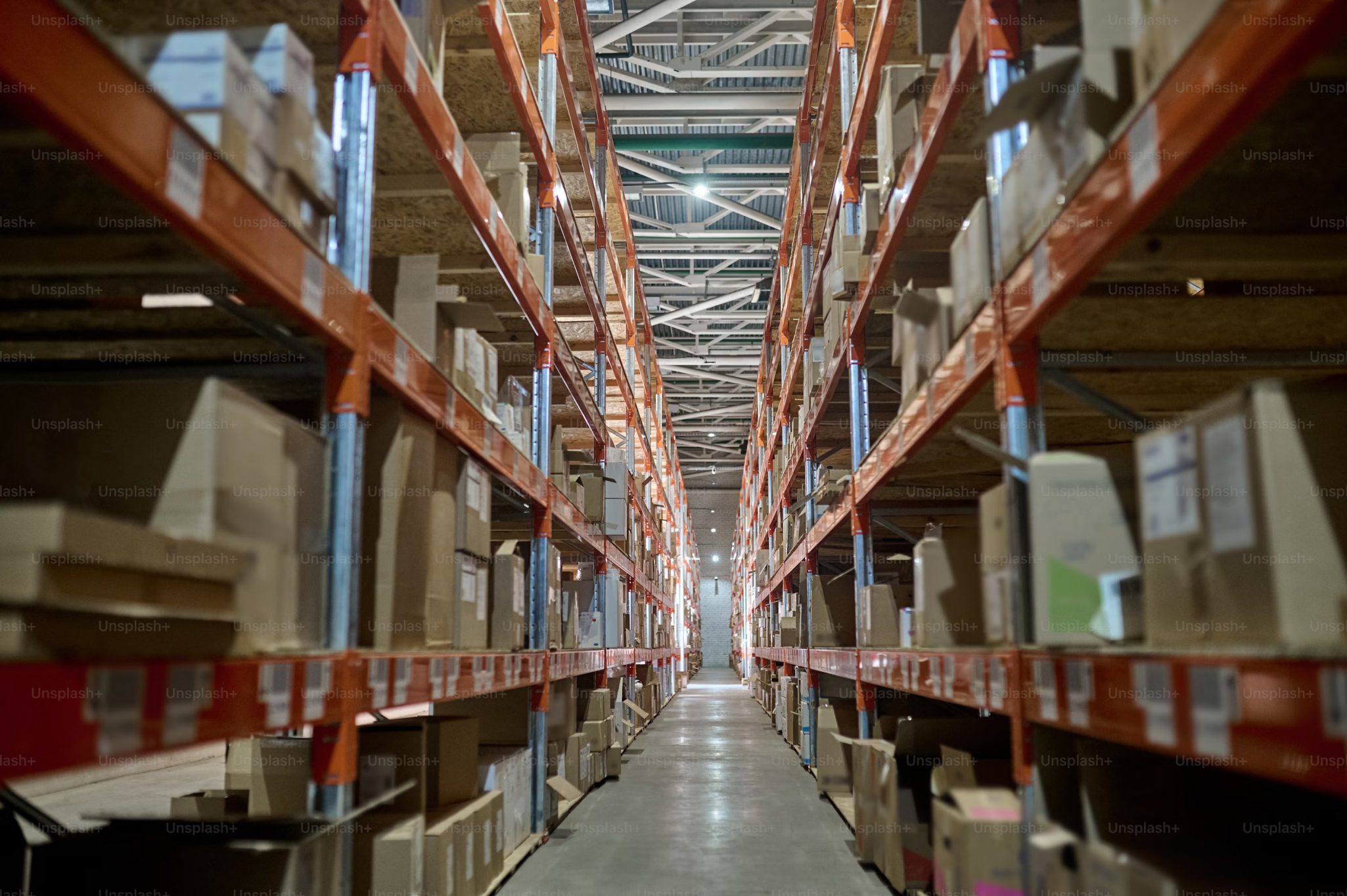In the fast-paced world of e-commerce, balancing cost-efficiency with high-quality service is essential for sustained growth. With years of experience under our belt, we’ve compiled our expert insights to help you streamline your fulfillment operations, reduce costs, and maintain the high standards your customers expect. Here’s how:
1. Optimize Inventory Management
Effective inventory management is critical to controlling costs. It’s not just about knowing what’s in stock—it’s about anticipating demand, understanding market trends, and planning accordingly. At FlyBear, we advocate for the use of sophisticated inventory management software that offers real-time tracking and analytics. This ensures that you’re not overstocking (tying up capital in unsold products) or understocking (missing out on potential sales). By maintaining optimal inventory levels, you can reduce storage costs and improve cash flow, setting your business up for long-term success.
One advanced strategy is to integrate predictive analytics into your inventory management. This technology can forecast demand based on historical data and market trends, allowing you to make more informed decisions. Additionally, segmenting your inventory into categories such as high, medium, and low turnover can help prioritize storage and reduce holding costs in your order fulfillment warehouse.
2. Utilize Efficient Packaging
Packaging plays a crucial role in both cost control and customer satisfaction. Oversized or inefficient packaging not only wastes materials and increases the duration to pack, but also increases shipping costs due to dimensional weight pricing. FlyBear emphasizes the importance of right-sizing your packaging to fit the product. This not only reduces material costs but also minimizes shipping fees and packing duration.
Incorporating sustainable packaging solutions can also lead to enhancing your brand’s reputation. For example, using recycled or biodegradable materials can reduce your environmental footprint and appeal to eco-conscious consumers. Moreover, effective packaging reduces the likelihood of product damage during transit, which can decrease return rates and associated costs in your pick and pack warehouse.
3. Outsource Fulfillment
For many e-commerce businesses, especially those experiencing rapid growth, outsourcing fulfillment can be a cost-effective solution. FlyBear’s third-party logistics (3PL) services are designed to help businesses scale without the overhead costs associated with managing their own warehouses.
Outsourcing allows you to leverage the expertise, technology, and infrastructure of a specialized fulfillment provider, enabling you to maintain high service levels while reducing operational costs. This approach also offers flexibility, allowing you to scale up or down based on seasonal demand, without the need for significant capital investment in warehousing and fulfillment services.
4. Reduce Return Costs
Returns are an unavoidable aspect of e-commerce, but they don’t have to be a drain on your resources. FlyBear’s approach to reducing return costs focuses on prevention and efficiency. Start by ensuring that your product descriptions and images are accurate and detailed. This can help set the right expectations for customers, reducing the likelihood of returns.
Implementing a robust quality control process before shipping can further minimize returns due to defective or incorrect items. When returns do occur, streamline the reverse logistics process to minimize costs. For example, offering in-store returns for online purchases can reduce shipping costs and provide an opportunity for additional sales in your product fulfillment service.
5. Energy Efficiency
Operating a warehouse involves significant energy consumption, but there are ways to reduce these costs. FlyBear advocates for the adoption of energy-efficient practices in your fulfillment operations. This includes investing in LED lighting, which consumes less power and has a longer lifespan than traditional lighting.
Motion sensors and programmable thermostats can further reduce energy usage by ensuring that lights and HVAC systems are only active when needed. Additionally, upgrading to energy-efficient warehouse equipment, such as forklifts and conveyor systems, can result in substantial long-term savings. Not only do these practices lower operational costs, but they also contribute to your company’s sustainability efforts, which can enhance your brand image in warehousing and fulfillment services.
Conclusion
Our goal is to be more than just a service provider—we aim to be your trusted partner in navigating the complexities of e-commerce fulfillment. By implementing the strategies outlined above, your business can reduce fulfillment costs without sacrificing quality, ensuring that you remain competitive in a crowded marketplace. Let us be your partner and allow us to guide you in every step of the way.
